Click to view our Accessibility Statement or contact us with accessibility-related questions






PRODUCTS YOU MAY LIKE
Trending Posts in Audiophile

Simthaniel
Rigs
Modded headphones with qudelix at the core
When I received the Qudelix 5K, I had already modified a pair of Superlux HD-681 headphones. I previously soldered my own balanced connections to the drivers, providing multiple ways to connect and...
Apr 14, 2024

brothamike
A decent set of IEMs
I am in the midst of a 300 hour burn-in but, I will say I am enjoying how this set sounds so far. Before I received these which was btw late by a few weeks, I purchased a Sony/Kimber Kable MMCX...
Apr 12, 2024
merrick97
Should I exchange the PC38X for better headphones?
I bought the PC38X headphones FOR GAMING and they are great, but I have NO use for a Microphone since I don't do competitive gaming and I was wondering if there were better headphone options at a similar price without a headphone, where (presumably) more of the cost was put into making it sound better. I also find that my PC38X don't get quite as loud as I would like and I was wondering if a cheap amp like the iFi Go link would draw a little more volume out of my phones. https://www.amazon.com/dp/B0BN6MM822?psc=1&ref=ppx_yo2ov_dt_b_product_details I went with the PC38X since it was considered the best bang for buck headphones. I care most about using spatial apps like DOlby Atmos and DTS Headphone:X. Suggestions are welcome.
Apr 11, 2024

LostnAmerica
Sound Signature of the Grell Project.
Wondering what type of sound signature the Drop Grell project headphones will have or trying to attain. Any update would be appreciated.
Apr 8, 2024

Fabulous
Looking for a gaming/content audio setup
Hello! I'm looking for recommendations on audio setups. I'd be planning on using it mostly for gaming. Preferably I'd like a pair of large closed back headphones since I have a big head and jaw. I'd also like to hear myself through my mic with mic monitoring. As far as budget goes, I don't really have one. But under 600$ would be nice. I can go higher if needed. The audio setup would be connected to a high performance PC. Thank you in advance for any recommendations!
Apr 4, 2024

1plsd
$10 Drop Coupon Email not sent?
Trying to buy some gear off Drop for the first time. I was told I would receive an email with a welcome to drop $10 off promo. I never received that email. Drop was able to send me emails for my login token and email for Password update. But for some reason the $10 off coupon was never sent to me.
Mar 31, 2024

NMPacella
New here
Hello, I just joined, primarily for the audiophile products. Looking at purchasing the NHT C3 speakers for our new living room. Space is about 15 feet wide by 33 long and they will fire long ways. Space is just for general listening, music room with all equipment is downstairs, so hoping they will fill it with sound nicely. Cheers.
Mar 18, 2024
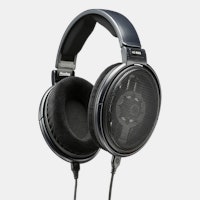
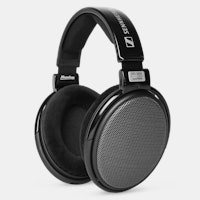

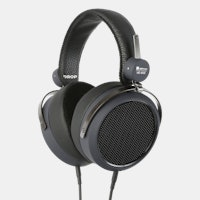
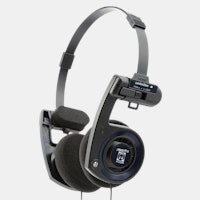
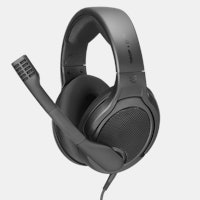
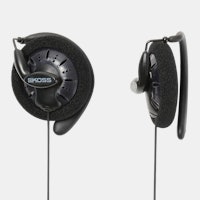
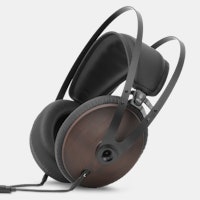
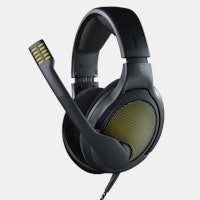
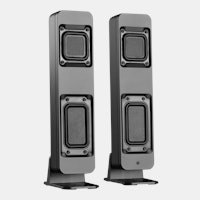
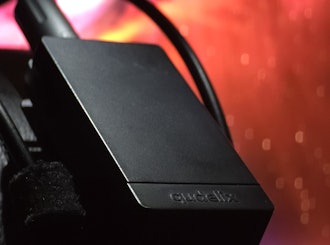
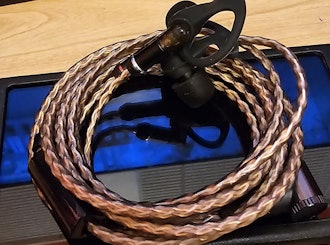
The Fulla 2 does not support DSD input -- however native DSD files are very rare, and the Xduoo only supports native DSD on Windows PCs. You won't be getting the DSD on through your Android or Mac. Most music isn't mastered in DSD, and outside of very high end environments where loss between the source and the DAC is a concern, it's kind of a gimmick. But if you have a DSF library, just know the Fulla 2 will demand you convert to PCM first.
The Fulla 2 bitdepth and sampling rate ends at 24/96 khz, the Fiio goes to 32/96, and the Xduoo extends to 32 bit/384 khz. Which is absurd, honestly. You risk ultrasonic artifacts running 99% of music over 32/384. Those artifacts may have zero effect on the music as you hear it, but then you weren't hearing all that extra frequency anyway. :) 24 bits puts the noise floor so low that you won't get anywhere close to it at any healthy listening volume.
That said, you CAN and should run the Xduoo in a less silly 24/44-96 if you do get one. There is no demonstrable benefit to going higher and any audiophile who says otherwise may as well be pimping silver core HDMI cables. It's amazing how many bells and whistles get taped on these days. >_>
The amps in the E17K will drive headphones up to 150 ohm, and the Schiit and Xduoo will drive out to 300. The Xduoo may have slightly more power to spare at 300.
The E17K has beautiful on-board bass and treble control, 1db increments to +-10. You can control the mids by shaping the bass and treble around them. The Schiit has no on board bass or treble EQ, it must be done in software, but this is less of a problem because it's anchored to your computer, anyway. The Xduoo has a 6db bass boost off/on toggle.
If you need to drive 150 ohm or lower headphones, and want portability and refined bass and treble control, get the Fiio. If you want to drive 300 ohm cans from your Windows 10 PC, get the Schiit. If you want to drive 300 ohm cans in the wild, or absolutely need DSD and absurd sampling get the Xduoo for 70 bucks more.